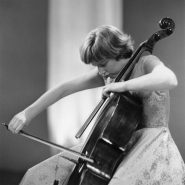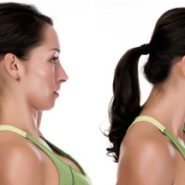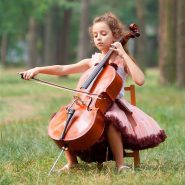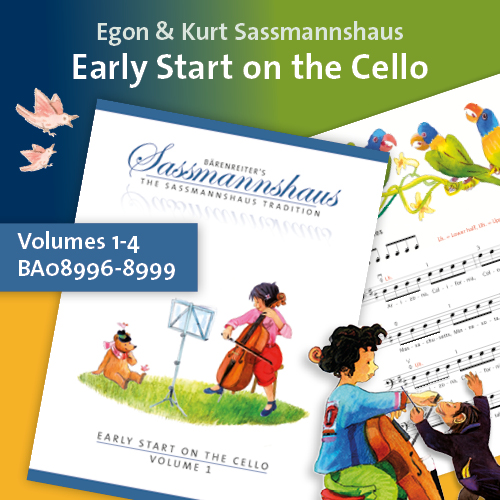Tag: cellobello
By Thomas Rosenberg December 8, 2015
Subjects Chamber Music
By Jonathan Thomson December 4, 2015
Subjects Practicing
Tags cellobello, CelloBlog, Jonathan Thomson, Marathon, numbers, practicing
By Laurence Lesser November 20, 2015
Subjects Artistic Vision
By Mark Summer November 5, 2015
Subjects Practicing
Tags cellobello, CelloBlog, practicing
By Jonathan Thomson October 30, 2015
Subjects Practicing
By Blogmaster October 21, 2015
Subjects Competition, News















